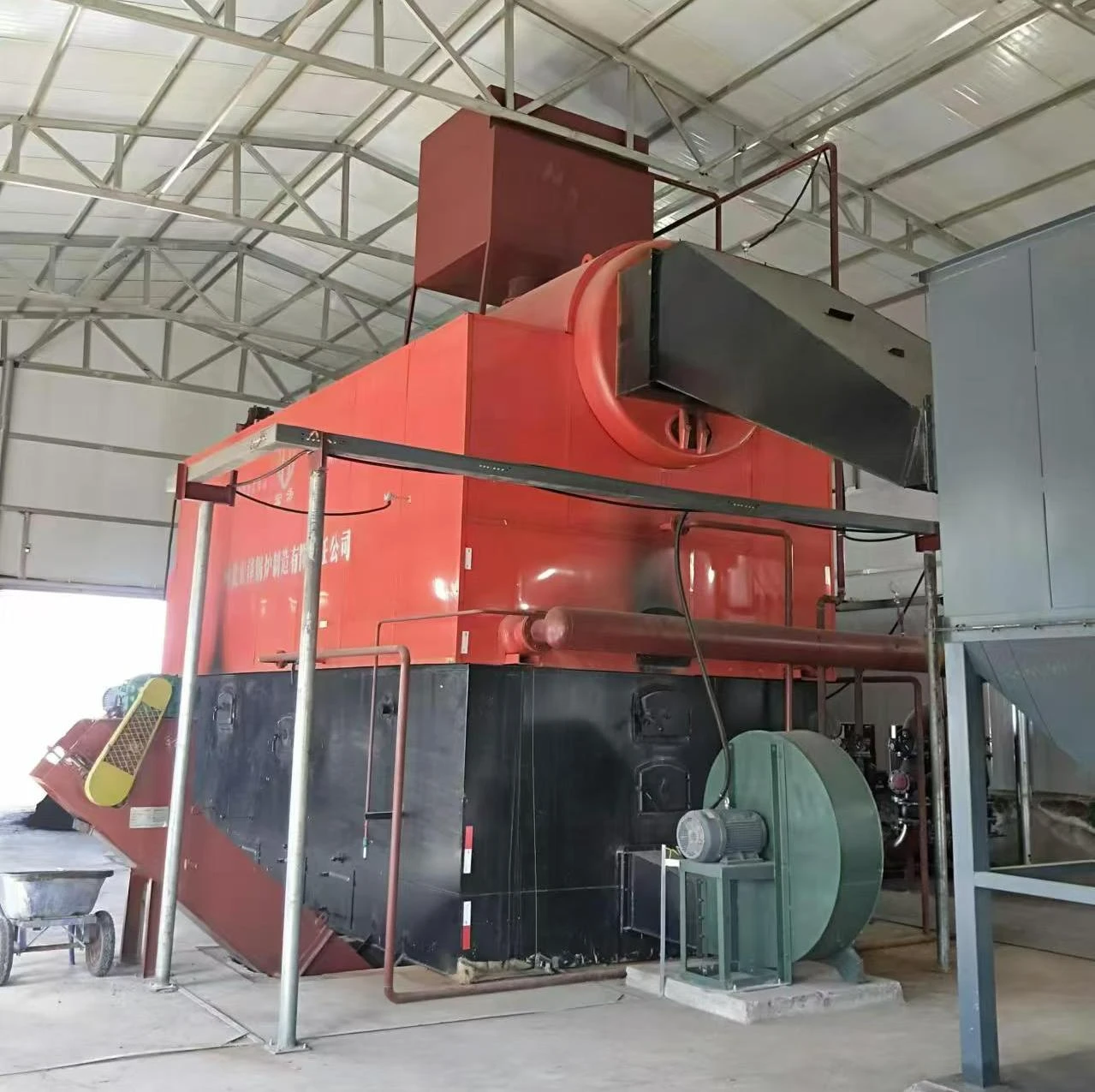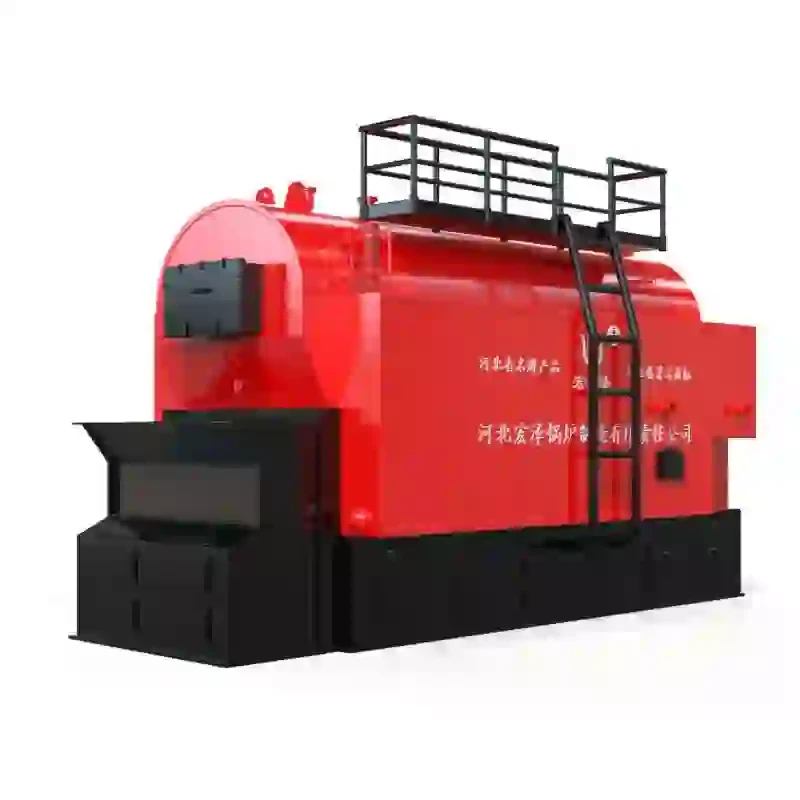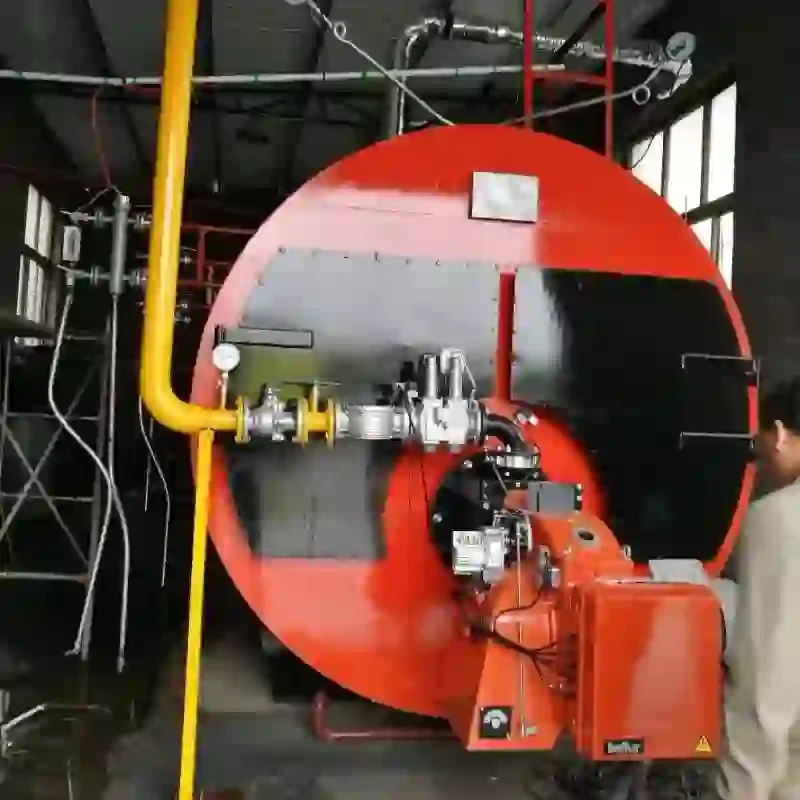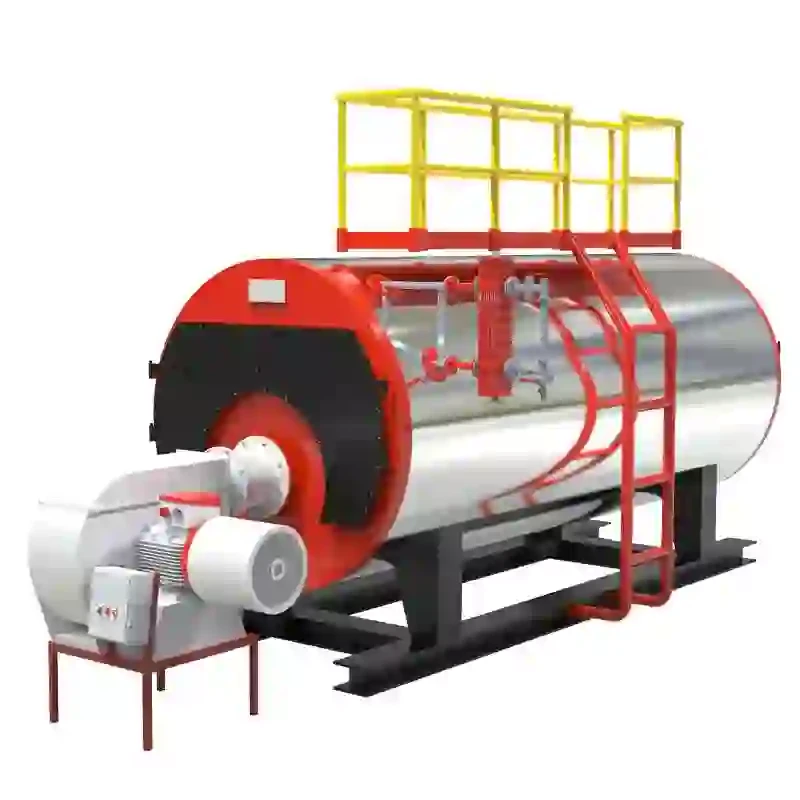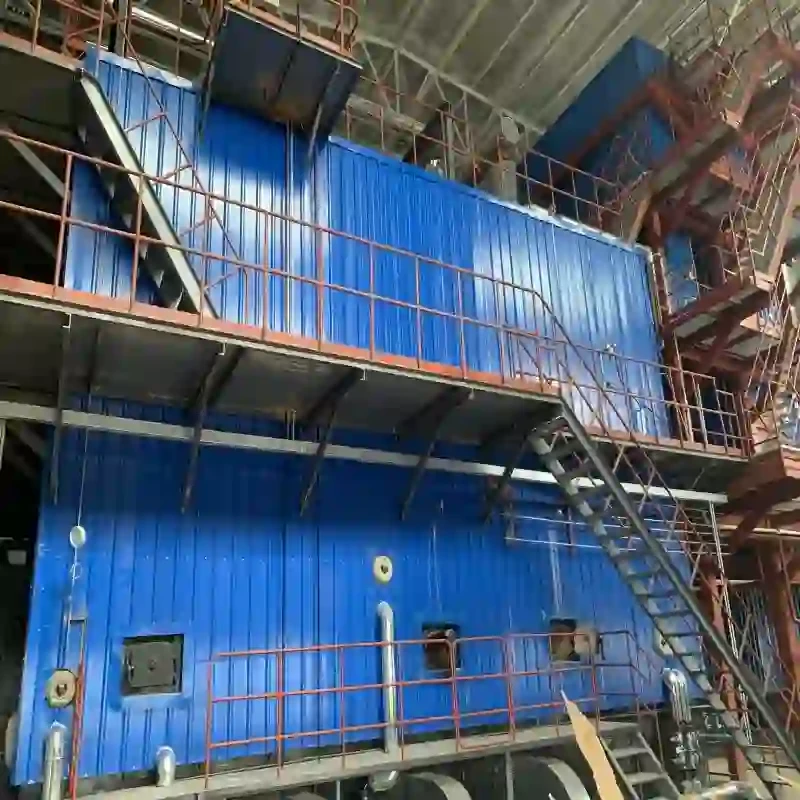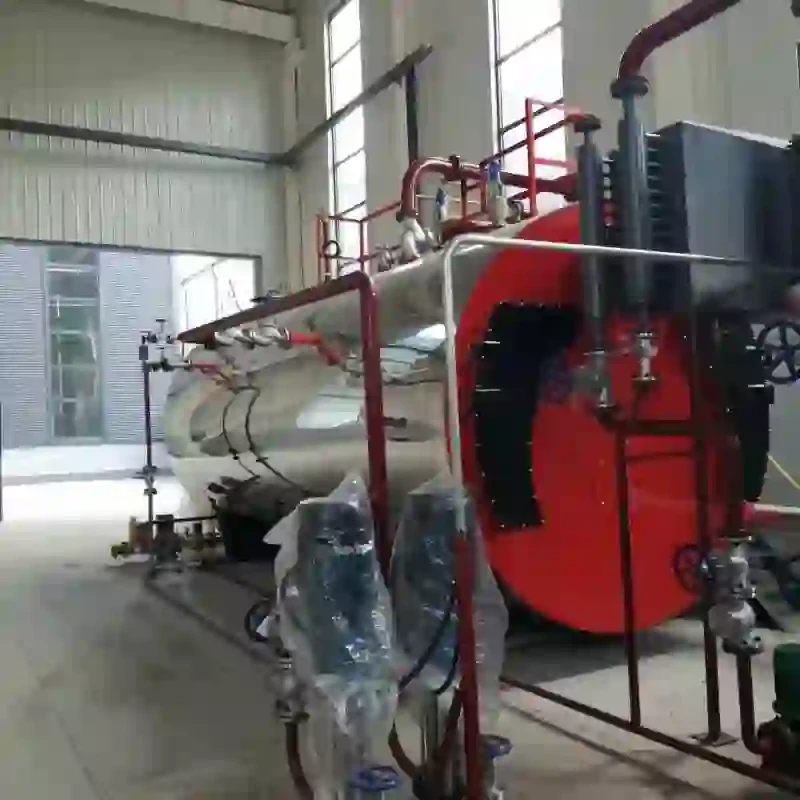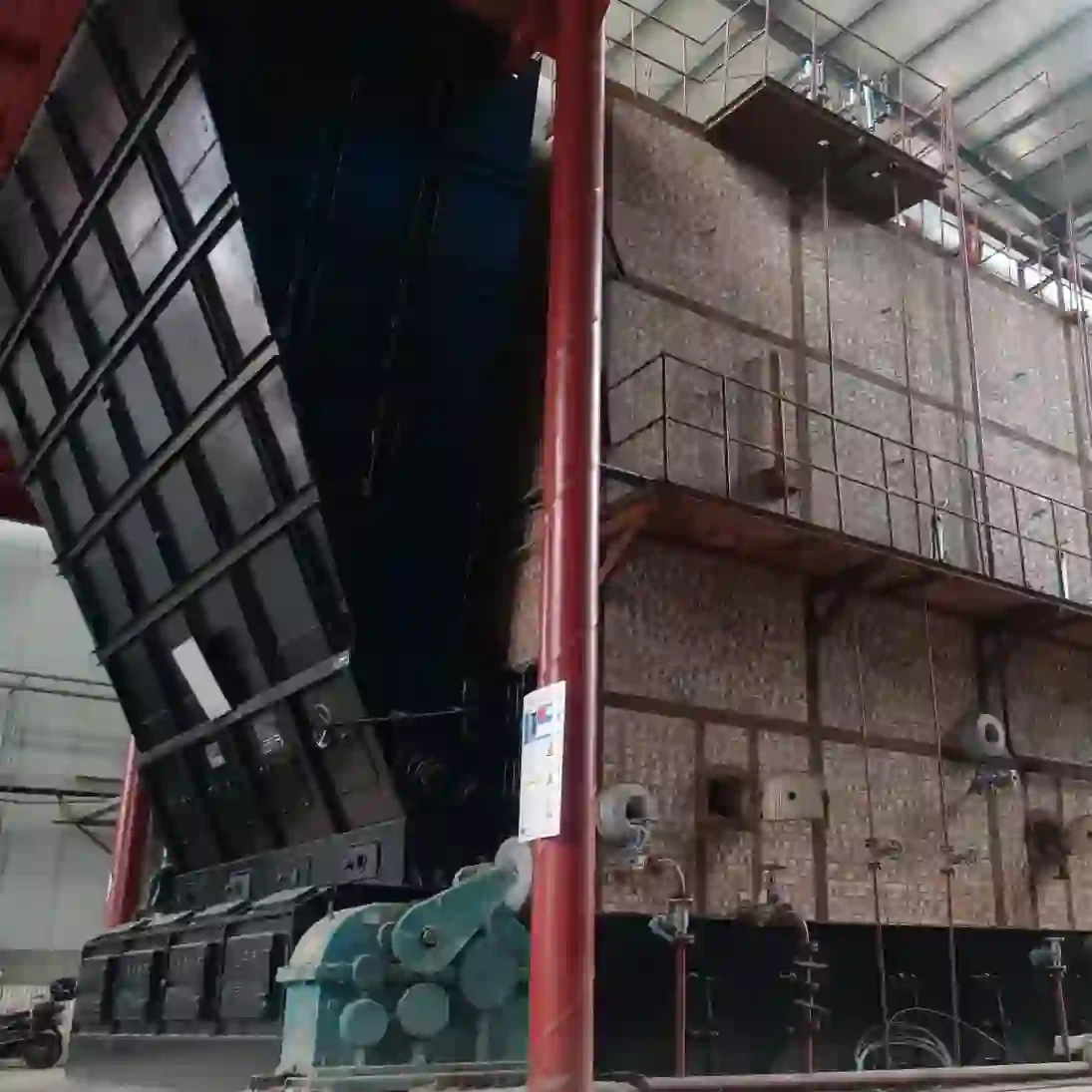
Nov . 18, 2025 21:00 Back to list
Comprehensive Guide to Steam Boiler Operation and Efficiency
Understanding Steam Boiler Operation: Why It Still Matters Worldwide
Steam boiler operation is one of those industrial basics that quietly powers a huge chunk of our modern world — from heating buildings to running factories. But it’s not just a technical detail locked away in mechanical rooms. It matters globally because efficient and safe steam boiler operation can improve energy use, reduce emissions, and keep industries running smoothly in places as varied as booming cities and remote communities.
If you’re wondering what exactly goes on behind the scenes, or why engineers keep refining this age-old technology, you’re in the right place. By grasping the essentials of steam boiler operation, industries can cut costs, comply with environmental standards, and boost reliability — all crucial in today’s energy-conscious society.
The Global Context: Steam Boiler Operation on the World Stage
It might surprise you to know that steam boilers still generate approximately 60% of industrial steam globally, according to ISO standards. The World Bank estimates that the industrial sector accounts for nearly 40% of global energy consumption, with steam boilers playing a key role.
Yet many factories and power plants face challenges in boiler efficiency and safety. In fact, improper boiler operation is linked to significant energy waste and risk of accidents, especially in developing regions where older equipment still dominates.
This is why mastering steam boiler operation is not just about machines — it’s about sustainability, economic growth, and human safety. And with increasing regulations on emissions worldwide, the pressure to optimize these systems is only rising.
So, What Is Steam Boiler Operation Anyway?
At its simplest, steam boiler operation involves generating steam by heating water in a closed vessel — the boiler — through combustion or electric heating. The steam then carries energy to drive turbines, heat buildings, or power industrial processes.
Think of it as turning water into a high-pressure, high-temperature vapor that does useful work. The operation includes managing fuel input, combustion airflow, water level, pressure, and temperature — all balanced like a finely tuned orchestra.
In humanitarian contexts, like disaster relief or remote mining camps, portable steam boilers can provide essential heat or power where other sources fail. So it’s not just about big cities: it's about reliable energy access anywhere.
Core Components and Factors in Efficient Steam Boiler Operation
1. Fuel Type and Combustion Control
The kind of fuel—coal, natural gas, biomass, or oil—directly influences boiler efficiency and emissions. Many operators now use automated combustion controls to optimize fuel use, saving money and reducing pollution.
2. Water Quality and Treatment
Impurities in feed water can cause corrosion and scale buildup, which deteriorates boiler parts. So keeping water pure through treatment systems is vital for long-term durability, and it minimizes operational headaches.
3. Pressure and Temperature Management
Maintaining ideal pressure and temperature ensures steam quality and safety. Most boilers operate in a specific pressure range to balance efficiency and mechanical limits.
4. Maintenance and Inspection
Frequent inspections catch leaks, cracks, or wear before they turn into failures. This saves downtime and, frankly, builds operator trust in the system.
5. Automation and Monitoring Systems
Modern steam boilers use sensors and control software to track parameters in real-time, alerting operators and adjusting settings instantly to maintain peak performance.
Mini takeaway: Efficient steam boiler operation depends on the delicate balance of fuel, water quality, pressure, and smart monitoring — kind of like juggling, but with steam and fire.
How Industries Around the World Use Steam Boiler Operation Today
Across the globe, steam boilers underpin sectors ranging from power generation in China’s massive thermal plants to food processing in Europe and textile manufacturing in India. For instance, in post-disaster relief operations, portable steam boilers provide steam sterilization for medical equipment—improving sanitation when infrastructure is damaged.
In remote industrial zones such as South America’s mining hubs, steam boilers power extraction and processing equipment where grid power isn’t reliable. Even luxury hotels in colder countries use steam boilers for heating.
Energy-heavy industries like paper production and chemical plants rely heavily on precise steam boiler operation to maintain product quality and reduce downtime.
Advantages and Lasting Impact of Proper Steam Boiler Operation
- Cost Savings: Optimizing operation reduces fuel usage, lowering operational expenses.
- Sustainability: Better combustion lowers harmful emissions and carbon footprint.
- Safety: Proper maintenance prevents catastrophic failures—saving lives and property.
- Reliability: Well-run boilers mean non-stop production and less downtime.
- Social Impact: Reliable steam supports communities’ energy needs—heating hospitals, schools, and factories.
These benefits feed into each other. You don’t just save money — you protect workers, protect the environment, and earn customer trust. When you think about it, it’s a pretty neat circle.
Future Directions: Steam Boiler Operation in the Age of Innovation
Innovation is shaping how steam boilers operate. Adoption of green energy sources like biomass or hydrogen fuels promises cleaner combustion. Digital transformation means more advanced monitoring systems can use AI to predict maintenance needs before issues arise.
Automation will improve responsiveness, adapting steam generation in real time to fluctuating demands — kind of like the smart thermostats in your home but for massive industrial plants. There’s also growing attention to sustainability certifications and emission standards, pushing manufacturers to rethink design and materials used.
Facing Challenges in Steam Boiler Operation & How to Overcome Them
Despite advances, challenges remain. For example, scaling and corrosion still plague older boilers. Skilled operator shortages are another hurdle especially in developing countries.
One promising solution is remote monitoring and training platforms that connect field teams with experts anywhere worldwide. Also, modular boiler designs allow faster installation and maintenance with less downtime.
Ongoing research into new alloys and coatings aims to extend lifespan and resist harsh conditions better — making boilers more robust and less costly to operate long term.
FAQ: Common Questions About Steam Boiler Operation
- How can operators improve the safety of steam boilers?
- Safety improves primarily through regular inspection, proper water treatment to prevent corrosion, and automated monitoring systems to detect unusual pressure or temperature changes early.
- What are the typical fuels used, and how do they impact boiler efficiency?
- Common fuels include coal, natural gas, oil, and biomass. Natural gas tends to be most efficient and clean, while coal often requires more maintenance and emissions control.
- How often should steam boilers be serviced?
- Routine servicing usually happens quarterly or biannually, depending on usage and water quality. Comprehensive inspection and cleaning annually are recommended to ensure longevity.
- Can steam boiler operation be automated entirely?
- While many components are automated today, human oversight remains critical for safety and complex decision-making. But automation definitely reduces labor and increases precision.
Conclusion: Harnessing the Power of Steam for a Sustainable Future
Steam boiler operation might seem like a purely technical topic, yet it touches essential parts of industry, safety, and sustainability worldwide. By understanding and improving how boilers run, businesses not only save money but contribute to cleaner air and safer workplaces.
Interested in learning more about cutting-edge steam boiler systems and practical tips? Check out our detailed resources and product info at https://www.hzsteamboiler.com.
Product Specification Table: Typical Steam Boiler Model
| Specification | Value |
|---|---|
| Boiler Type | Fire Tube |
| Capacity (Steam Output) | 5,000 kg/hr |
| Operating Pressure | 10 bar |
| Fuel Type | Natural Gas |
| Efficiency | 85% |
| Water Treatment Included | Yes |
Vendor Comparison Table: Popular Steam Boiler Suppliers
| Feature | HZS Steam Co. | Global Boiler Inc. | EcoSteam Systems |
|---|---|---|---|
| Boiler Types Offered | Fire & Water Tube | Fire Tube Only | Biomass & Gas |
| Efficiency Range | 82%-88% | 75%-83% | 80%-90% |
| Automation Features | Yes | Limited | Advanced AI |
| Water Treatment Solutions | Included | Optional | Included |
| Global Support | 24/7 Multi-Language | Business Hours | Limited |
Reflecting on this, I think the steady evolution of steam boiler operation shows how even traditional tech can stay relevant if you keep it smart and sustainable. It’s one of those things that’s always behind the scenes but essential to everything else running right.
-
Comprehensive Guide to Steam Boiler Installation Diagram – Global Best Practices and Future Trends
NewsNov.24,2025
-
A Practical Guide to the Selection of Steam Boiler for Industrial Efficiency
NewsNov.23,2025
-
Comprehensive Guide to Steam Boiler PDF Manuals and Their Global Impact
NewsNov.22,2025
-
Discover How Steam Boiler Videos Improve Industrial Training & Safety
NewsNov.22,2025
-
Comprehensive Guide to Wood Fired Steam Boiler Design – Efficiency, Applications, and Innovations
NewsNov.21,2025
-
Comprehensive Guide to Steam Boiler Working – Efficiency & Applications
NewsNov.20,2025
Related PRODUCTS






